Home>Home Appliances>Cleaning Appliances>Water Filter Vacuum Cleaner: How It Works
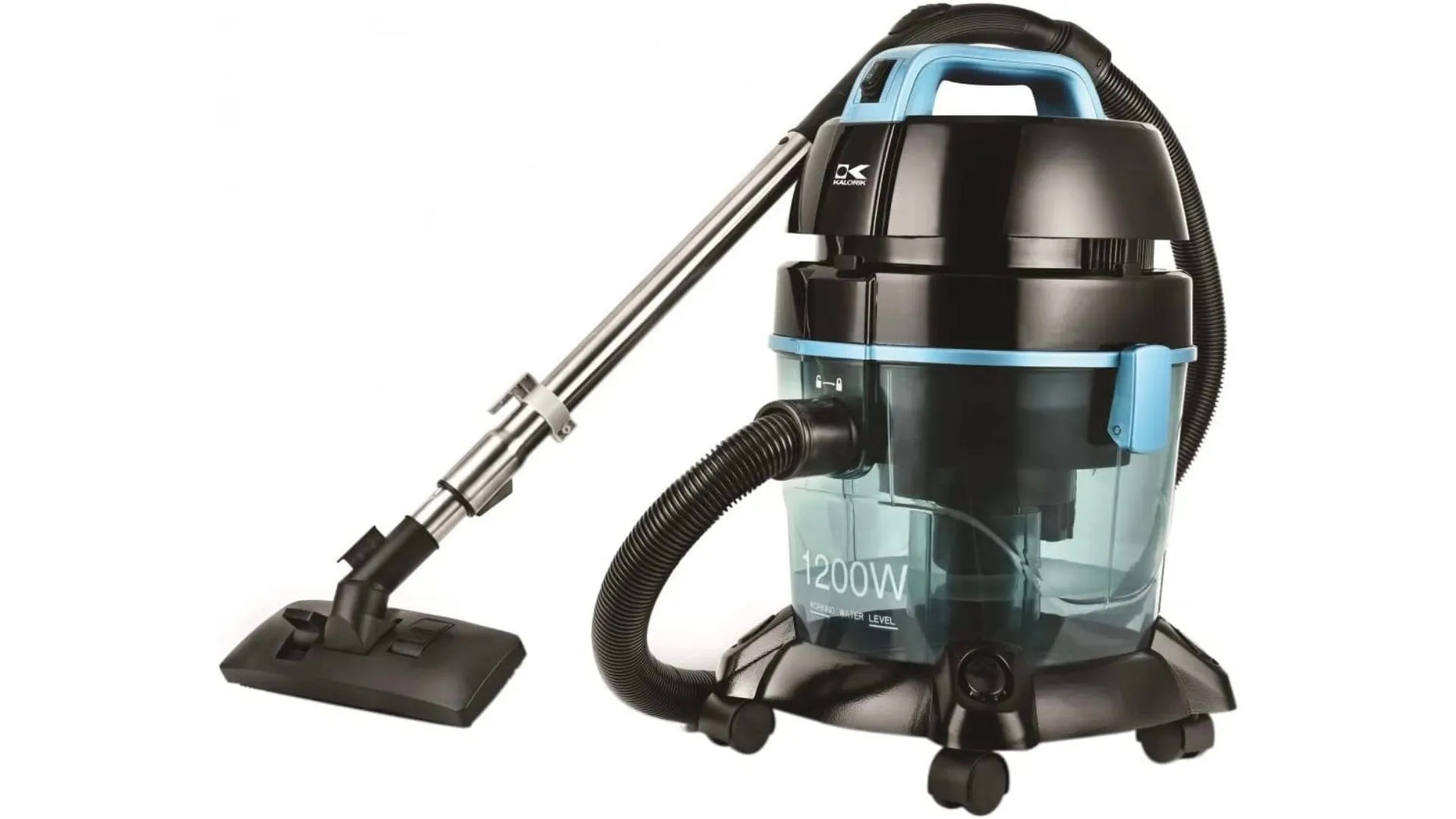

Cleaning Appliances
Water Filter Vacuum Cleaner: How It Works
Modified: January 19, 2024
Discover how a water filter vacuum cleaner works and revolutionizes cleaning appliances. Learn about its innovative technology and benefits for a cleaner home.
(Many of the links in this article redirect to a specific reviewed product. Your purchase of these products through affiliate links helps to generate commission for Storables.com, at no extra cost. Learn more)
Introduction
Welcome to the world of cleaning appliances, where innovation meets efficiency to revolutionize the way we maintain the cleanliness of our living spaces. In this article, we delve into the fascinating realm of water filter vacuum cleaners, exploring their functionality, benefits, and maintenance requirements.
Water filter vacuum cleaners represent a remarkable advancement in the domain of cleaning technology, offering a unique approach to capturing dirt, dust, and allergens from various surfaces. Unlike traditional vacuum cleaners that rely on replaceable filters or dust bags, water filter vacuum cleaners leverage the natural filtering properties of water to trap and contain particles, providing a cleaner and fresher environment.
As we embark on this exploration, we will unravel the basic components of a water filter vacuum cleaner, dissect the filtration process that sets it apart, delve into its myriad benefits, and uncover the essential maintenance practices required to ensure optimal performance. Whether you are a seasoned cleaning aficionado or a curious homeowner seeking insight into the latest cleaning innovations, this guide is designed to equip you with a comprehensive understanding of water filter vacuum cleaners and their role in elevating the standards of cleanliness in your home or workplace.
So, fasten your seatbelts and prepare to embark on a journey through the inner workings of water filter vacuum cleaners, where science, engineering, and practicality converge to redefine the art of cleaning. Let's dive in and discover the magic behind the water filter vacuum cleaner phenomenon!
Key Takeaways:
- Water filter vacuum cleaners use water to trap dirt and allergens, providing cleaner air and surfaces while reducing the environmental impact of disposable filters and dust bags.
- Regular maintenance, including cleaning the water reservoir and filters, ensures optimal performance and longevity of water filter vacuum cleaners, contributing to a healthier and more inviting home environment.
Basic Components of a Water Filter Vacuum Cleaner
Before we unravel the intricate process of filtration in a water filter vacuum cleaner, it’s essential to familiarize ourselves with its basic components. Understanding the fundamental elements of this innovative cleaning appliance provides valuable insight into its functionality and sets the stage for a deeper exploration of its inner workings.
- Motor and Suction Mechanism: At the heart of every water filter vacuum cleaner lies a powerful motor responsible for generating the suction force essential for lifting dirt and debris from various surfaces. This motor, typically located near the base of the unit, creates a negative pressure zone that draws in air along with the particles present on the floor or carpet.
- Water Reservoir: Unlike conventional vacuum cleaners equipped with dust bags or filters, a water filter vacuum cleaner features a water reservoir as its primary means of filtration. This reservoir, often positioned above or adjacent to the motor unit, serves as the receptacle for the captured dirt and dust, effectively trapping these particles within the water.
- Filtration Chamber: Within the water filter vacuum cleaner, the filtration chamber plays a pivotal role in separating the airborne particles from the airflow. As the air laden with dirt and debris enters the filtration chamber, the water acts as a natural filter, capturing and immobilizing the contaminants while allowing clean air to continue its journey through the appliance.
- Nozzle and Cleaning Attachments: To facilitate versatile cleaning capabilities, water filter vacuum cleaners are equipped with a range of nozzles and attachments designed for specific surfaces and tasks. These may include crevice tools, upholstery brushes, and floor nozzles, enabling efficient cleaning of carpets, hard floors, upholstery, and hard-to-reach areas.
- Body and Handle: The ergonomic design of the vacuum cleaner’s body and handle enhances maneuverability and user comfort during cleaning sessions. The handle often houses the controls for adjusting suction power, activating brush rolls, or engaging specialized cleaning modes, providing users with convenient access to essential functions.
By acquainting ourselves with these core components, we gain a deeper appreciation for the engineering ingenuity that underpins the design of water filter vacuum cleaners. As we progress to explore the filtration process, these components will seamlessly intertwine to showcase the seamless synergy between form and function in these remarkable cleaning appliances.
The Filtration Process in a Water Filter Vacuum Cleaner
At the core of a water filter vacuum cleaner lies a captivating filtration process that harnesses the purifying power of water to cleanse the air and capture unwanted particles. This innovative approach to filtration not only enhances cleaning efficiency but also contributes to a healthier indoor environment by minimizing the dispersion of allergens and dust. Let’s embark on a journey through the intricate stages of the filtration process, unraveling the magic that unfolds within this cutting-edge cleaning appliance.
1. Initial Airflow and Particle Capture: As the motor generates powerful suction, the airflow laden with dirt, dust, and debris is propelled into the vacuum cleaner. Upon entering the filtration chamber, the airborne particles encounter the water reservoir, where the natural adhesive properties of water come into play. The particles are effectively captured and immobilized within the water, preventing them from being released back into the air during the cleaning process.
2. Immersion and Agitation: Within the water reservoir, the captured particles become immersed in the water, initiating a process of agitation and entrapment. The swirling motion of the water, often facilitated by the turbulent airflow generated by the suction, causes the particles to interact with the water, leading to their entrapment and neutralization. This dynamic interaction ensures that the contaminants are effectively contained within the water, preventing them from re-entering the airflow.
3. Secondary Filtration and Air Purification: Following the initial capture and immersion of particles, the airflow continues its journey through the water filter vacuum cleaner. As it traverses the remaining filtration chamber, any residual particles or impurities are further entrapped by the water, ensuring that the air emerging from the appliance is purified and free from the contaminants that were initially present on the surfaces being cleaned.
4. Clean Air Emission: After undergoing the meticulous purification process facilitated by the water filtration mechanism, the clean and revitalized air is released back into the environment. This ensures that the cleaning process not only removes visible dirt and debris but also contributes to a fresher and healthier indoor atmosphere, making water filter vacuum cleaners a preferred choice for individuals seeking comprehensive cleanliness and air quality improvement.
By comprehending the intricacies of the filtration process in a water filter vacuum cleaner, we gain a profound appreciation for the scientific and engineering marvel that underpins its functionality. This innovative approach to filtration not only elevates cleaning standards but also aligns with the growing emphasis on environmental sustainability and indoor air quality enhancement.
When using a water filter vacuum cleaner, make sure to empty and clean the water tank regularly to maintain its effectiveness in trapping dirt and allergens.
Benefits of Using a Water Filter Vacuum Cleaner
Embracing the utilization of a water filter vacuum cleaner offers a myriad of compelling benefits that transcend traditional cleaning approaches. From enhanced air purification to versatile cleaning capabilities, these innovative appliances have redefined the standards of cleanliness and indoor air quality management. Let’s explore the remarkable advantages that accompany the adoption of water filter vacuum cleaners, shedding light on their transformative impact on the cleaning experience and the environment.
- Superior Air Purification: Unlike conventional vacuum cleaners that rely on replaceable filters or dust bags, water filter vacuum cleaners harness the natural filtering properties of water to cleanse the air. This results in the emission of revitalized and purified air, contributing to a healthier indoor environment by minimizing the presence of allergens, dust, and airborne particles.
- Allergen Reduction: The water filtration mechanism employed by these cleaners effectively captures and immobilizes allergens such as dust mites, pet dander, and pollen, preventing their reintroduction into the air during the cleaning process. This is particularly beneficial for individuals with allergies or respiratory sensitivities, as it helps mitigate the presence of potential triggers within the living space.
- Versatile Cleaning Capabilities: Water filter vacuum cleaners are equipped with a diverse array of nozzles and attachments tailored for specific cleaning tasks, ranging from carpet and hard floor cleaning to upholstery maintenance. This versatility enables users to address a wide spectrum of cleaning requirements with precision and efficiency, ensuring comprehensive cleanliness throughout the living environment.
- Elimination of Odors: The water filtration process not only captures dirt and debris but also effectively traps odors within the water, preventing them from lingering in the air. This results in a fresher and more inviting indoor atmosphere, as unpleasant odors are neutralized during the cleaning process, contributing to a more pleasant living environment.
- Reduced Environmental Impact: By eschewing the use of disposable filters or dust bags, water filter vacuum cleaners align with sustainable cleaning practices, reducing the generation of waste associated with traditional vacuum cleaner maintenance. This eco-friendly approach resonates with individuals seeking to minimize their environmental footprint while maintaining a pristine living space.
By embracing these benefits, users of water filter vacuum cleaners not only elevate the cleanliness and air quality of their living spaces but also contribute to a more sustainable and health-conscious approach to cleaning. This convergence of practicality, efficiency, and environmental mindfulness positions water filter vacuum cleaners as indispensable allies in the pursuit of a cleaner, healthier, and more inviting home environment.
Maintenance and Care of a Water Filter Vacuum Cleaner
Ensuring the optimal performance and longevity of a water filter vacuum cleaner entails adopting a proactive approach to maintenance and care. By adhering to recommended practices and incorporating routine upkeep into the cleaning regimen, users can preserve the efficiency and functionality of their cleaning appliance while safeguarding its components from premature wear and tear. Let’s explore the essential maintenance guidelines and care practices that contribute to the sustained performance and reliability of water filter vacuum cleaners.
- Regular Water Reservoir Cleaning: The water reservoir of the vacuum cleaner serves as the primary filtration medium, capturing dirt, dust, and debris during cleaning sessions. It is imperative to empty and clean the water reservoir after each use to prevent the accumulation of contaminants and maintain optimal filtration efficiency. Additionally, periodic deep cleaning of the reservoir helps prevent the development of odors and ensures a hygienic cleaning environment.
- Filter and Nozzle Maintenance: While water serves as the primary filtration medium, some water filter vacuum cleaners may feature additional filters or specialized nozzles that require periodic maintenance. It is essential to follow the manufacturer’s recommendations for cleaning or replacing these components to uphold the appliance’s performance and prevent potential blockages or reduced suction power.
- Motor and Housing Inspection: Regular inspection of the vacuum cleaner’s motor and housing is crucial to identify any signs of wear, damage, or blockages that may impede its operation. Clearing any obstructions and ensuring the motor remains free from debris contributes to sustained suction power and prevents potential malfunctions.
- Attachment Cleaning and Storage: The various cleaning attachments and nozzles supplied with the water filter vacuum cleaner should be cleaned after use to prevent the accumulation of dirt and debris. Proper storage of these attachments, such as securing them on the appliance or within dedicated compartments, minimizes the risk of damage and ensures their availability for future cleaning tasks.
- Periodic Inspection and Servicing: Regularly scheduled inspections and professional servicing, in accordance with the manufacturer’s recommendations, help identify and address any underlying issues that may affect the appliance’s performance. This proactive approach can prevent potential malfunctions and prolong the lifespan of the water filter vacuum cleaner.
By incorporating these maintenance and care practices into their cleaning routines, users can uphold the efficiency, reliability, and longevity of their water filter vacuum cleaners, ensuring that these innovative appliances continue to deliver exceptional cleaning performance while contributing to a healthier and more inviting living environment.
Read more: How Does A Vacuum Cleaner Work
Conclusion
As we conclude our exploration of water filter vacuum cleaners, we find ourselves immersed in a realm where cutting-edge technology, environmental consciousness, and superior cleaning efficacy converge to redefine the standards of home maintenance. The journey through the basic components, filtration process, benefits, and maintenance guidelines of these innovative appliances has unveiled a tapestry of ingenuity and practicality, showcasing their transformative impact on the cleaning experience and indoor air quality management.
Water filter vacuum cleaners stand as beacons of innovation, harnessing the natural purifying properties of water to elevate the cleanliness and freshness of indoor environments. By capturing dirt, dust, and allergens with remarkable precision and efficiency, these appliances not only enhance the visible cleanliness of surfaces but also contribute to a healthier and more inviting living space by purifying the air and minimizing the dispersion of contaminants.
The myriad benefits of water filter vacuum cleaners, including superior air purification, allergen reduction, versatile cleaning capabilities, odor elimination, and reduced environmental impact, underscore their indispensable role in modern home maintenance. By embracing these benefits, users not only elevate the cleanliness and air quality of their living spaces but also contribute to a more sustainable and health-conscious approach to cleaning, aligning with the evolving expectations of contemporary lifestyles.
As we bid adieu to this exploration, armed with a deeper understanding of the inner workings and advantages of water filter vacuum cleaners, we are poised to embark on a journey of enhanced cleaning efficacy, environmental mindfulness, and elevated indoor air quality. The adoption of these remarkable appliances represents a proactive step towards creating a cleaner, healthier, and more harmonious living environment, where the transformative power of water and technology converges to redefine the art of cleaning.
So, as you venture forth in your pursuit of cleanliness and environmental stewardship, remember the remarkable capabilities of water filter vacuum cleaners and the profound impact they wield in safeguarding the well-being of your home and loved ones. Embrace the innovation, revel in the freshness, and savor the transformative experience that awaits within the realm of water filter vacuum cleaners.
Frequently Asked Questions about Water Filter Vacuum Cleaner: How It Works
Was this page helpful?
At Storables.com, we guarantee accurate and reliable information. Our content, validated by Expert Board Contributors, is crafted following stringent Editorial Policies. We're committed to providing you with well-researched, expert-backed insights for all your informational needs.
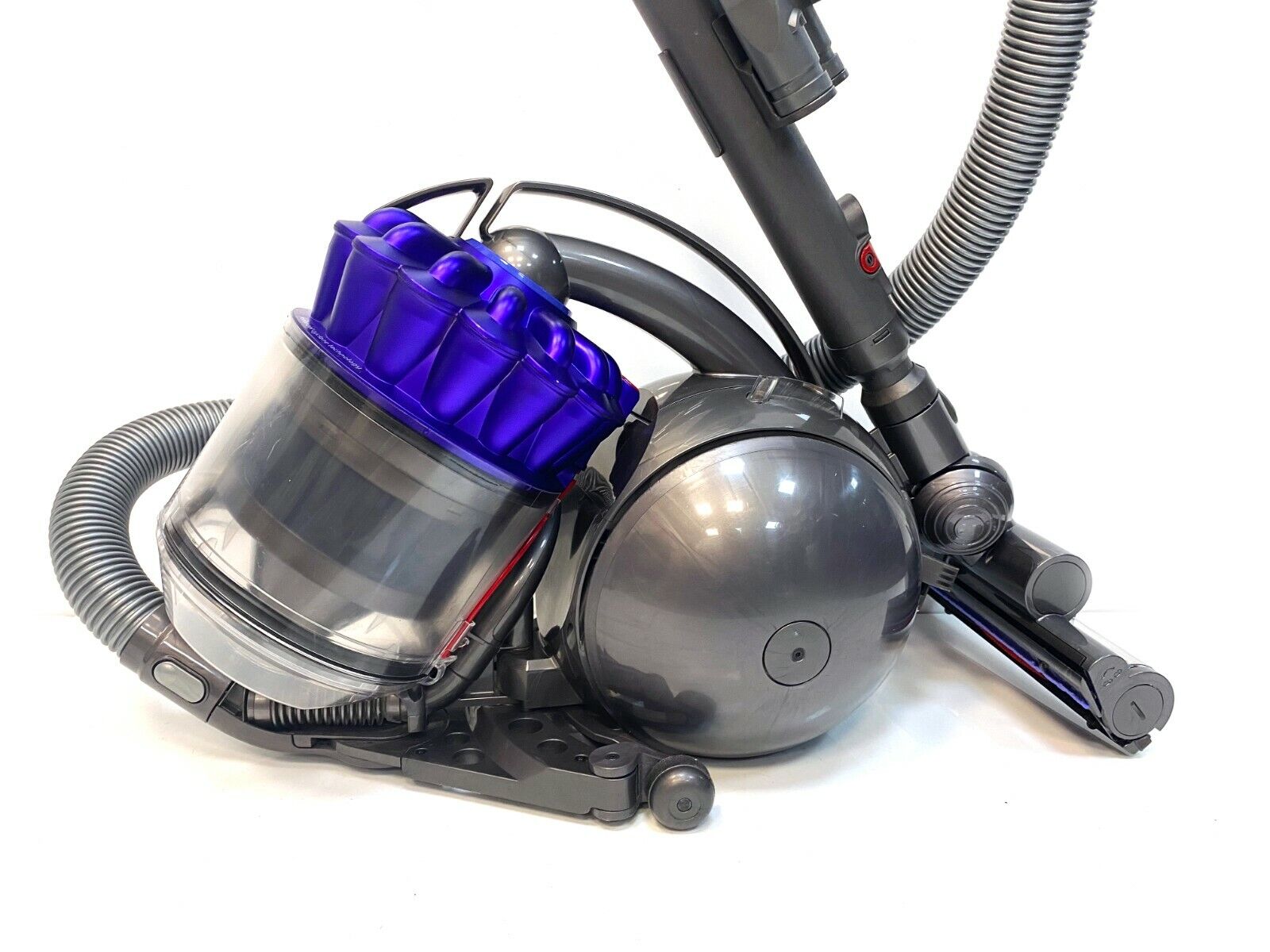
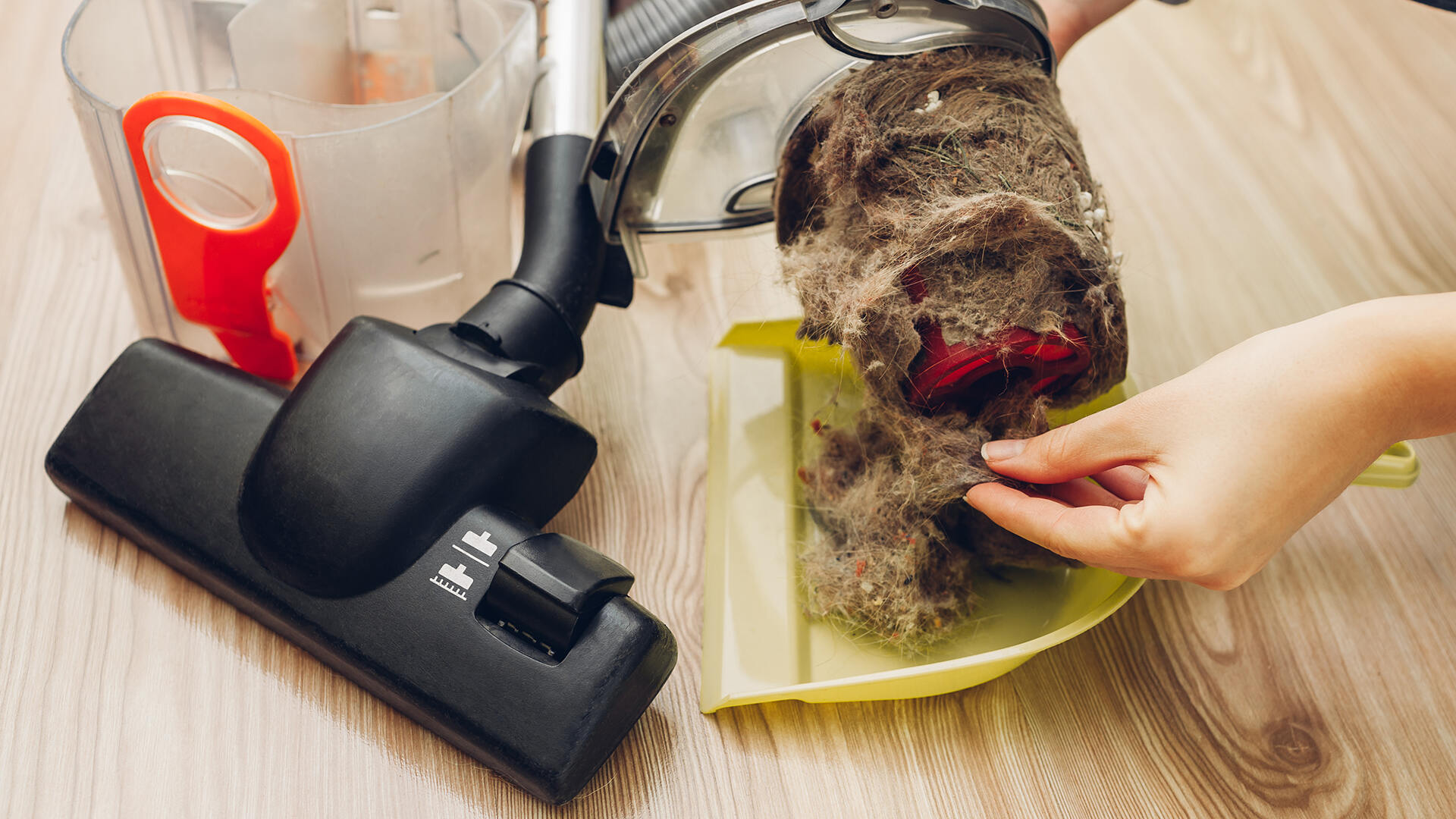
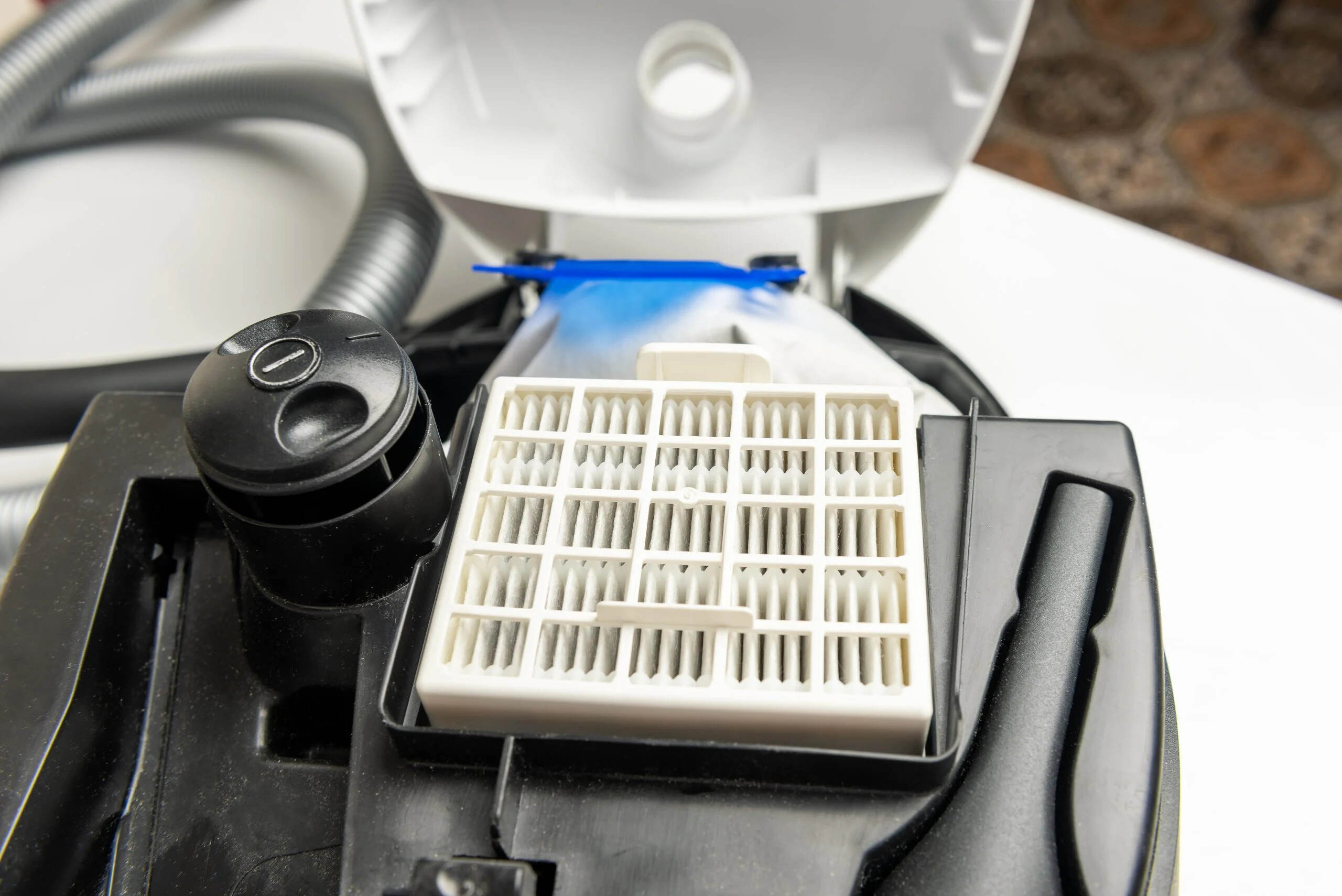
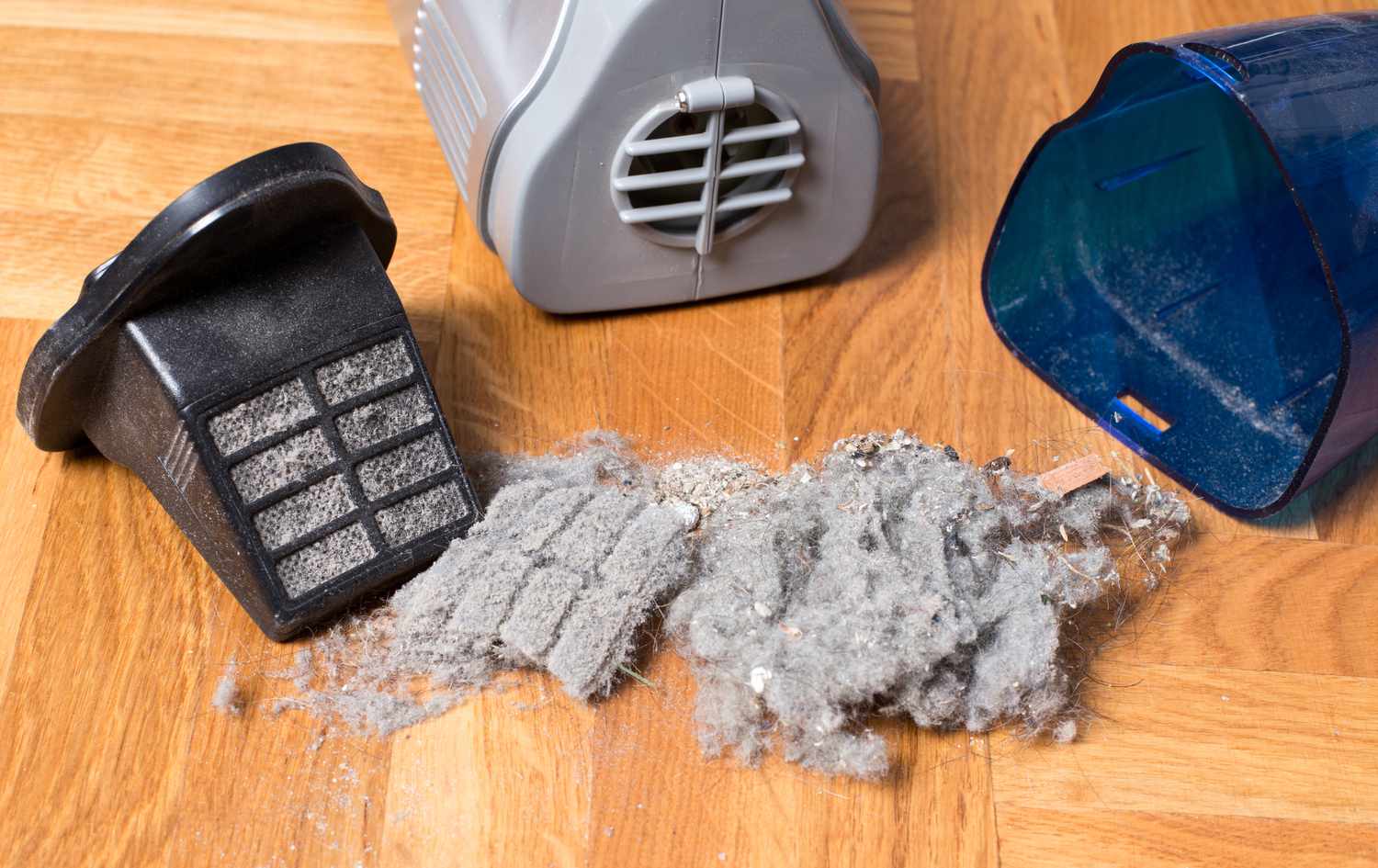
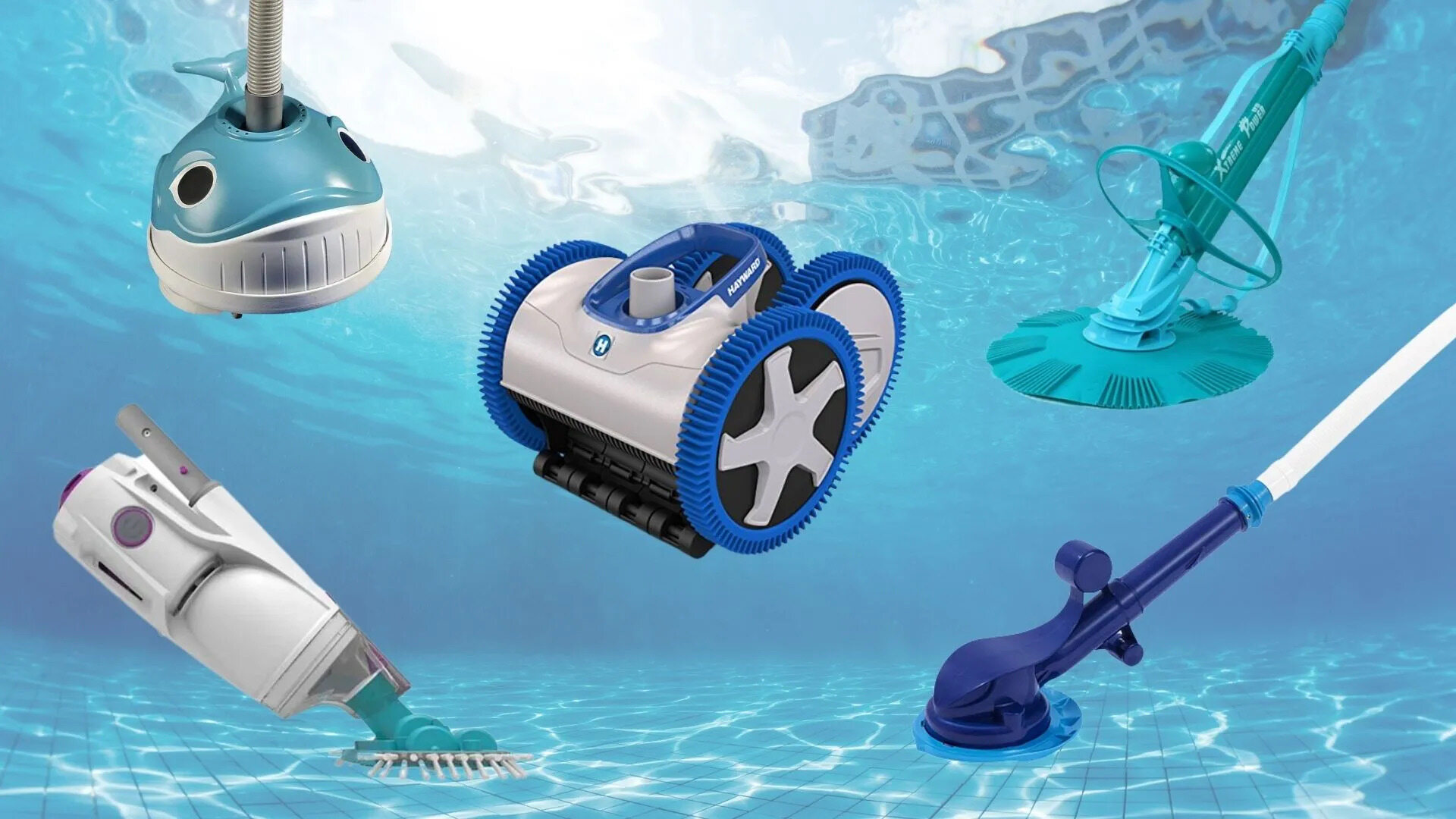
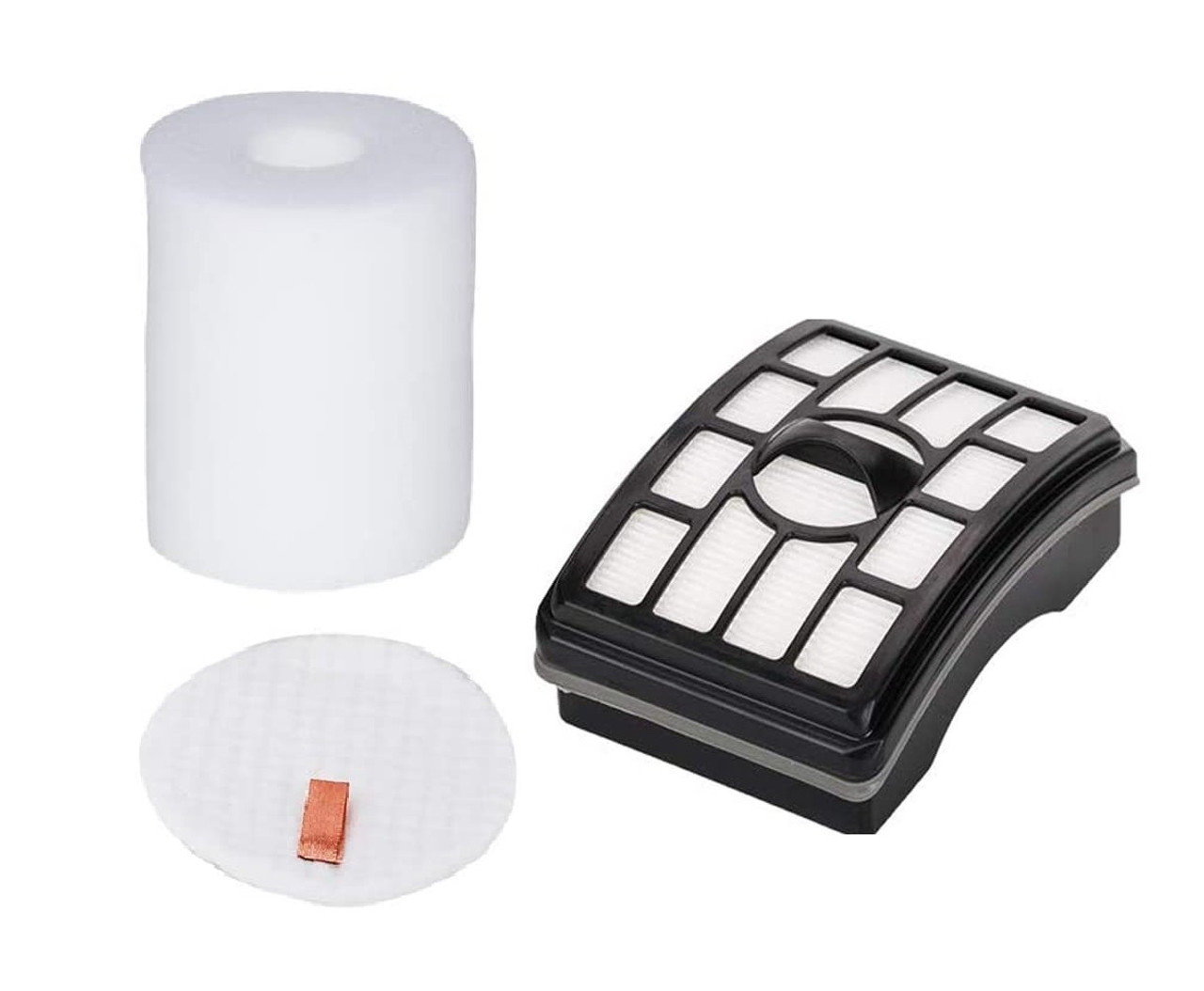
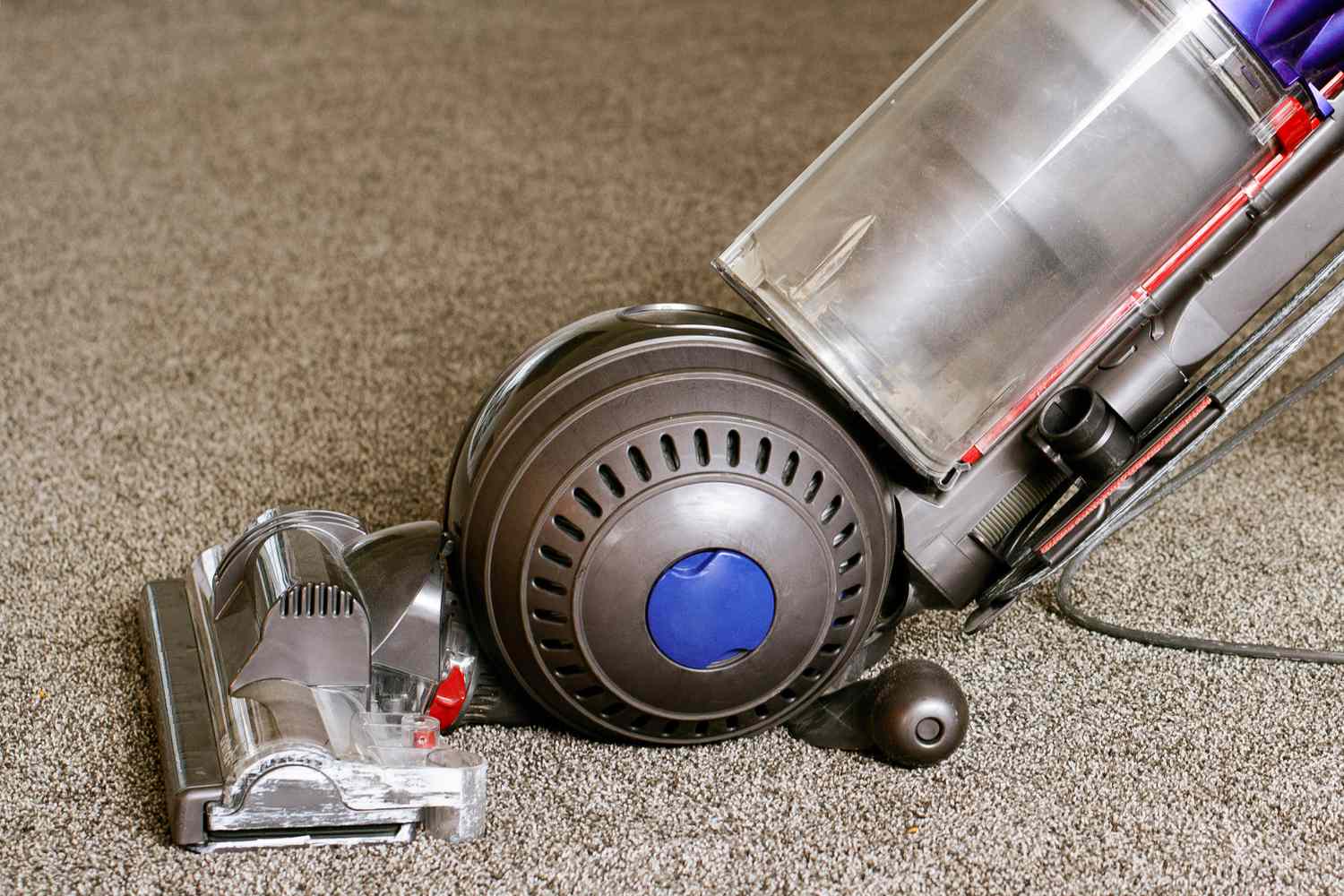
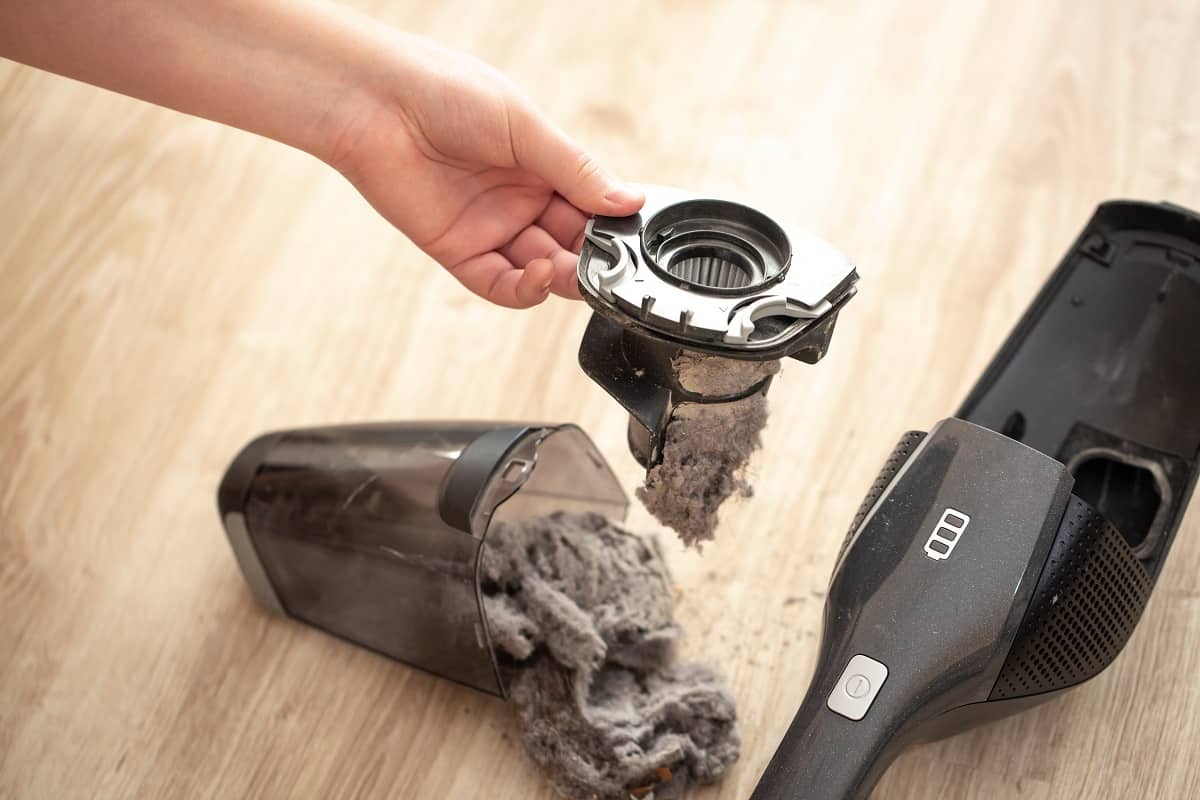
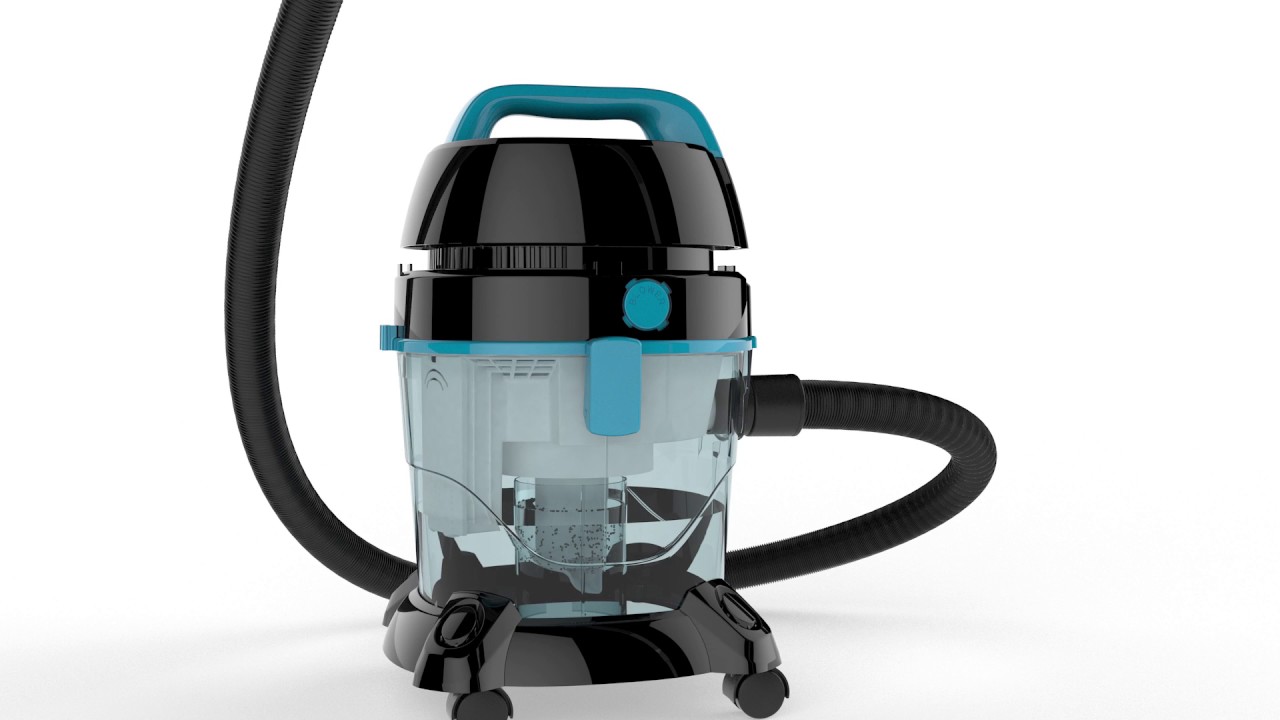
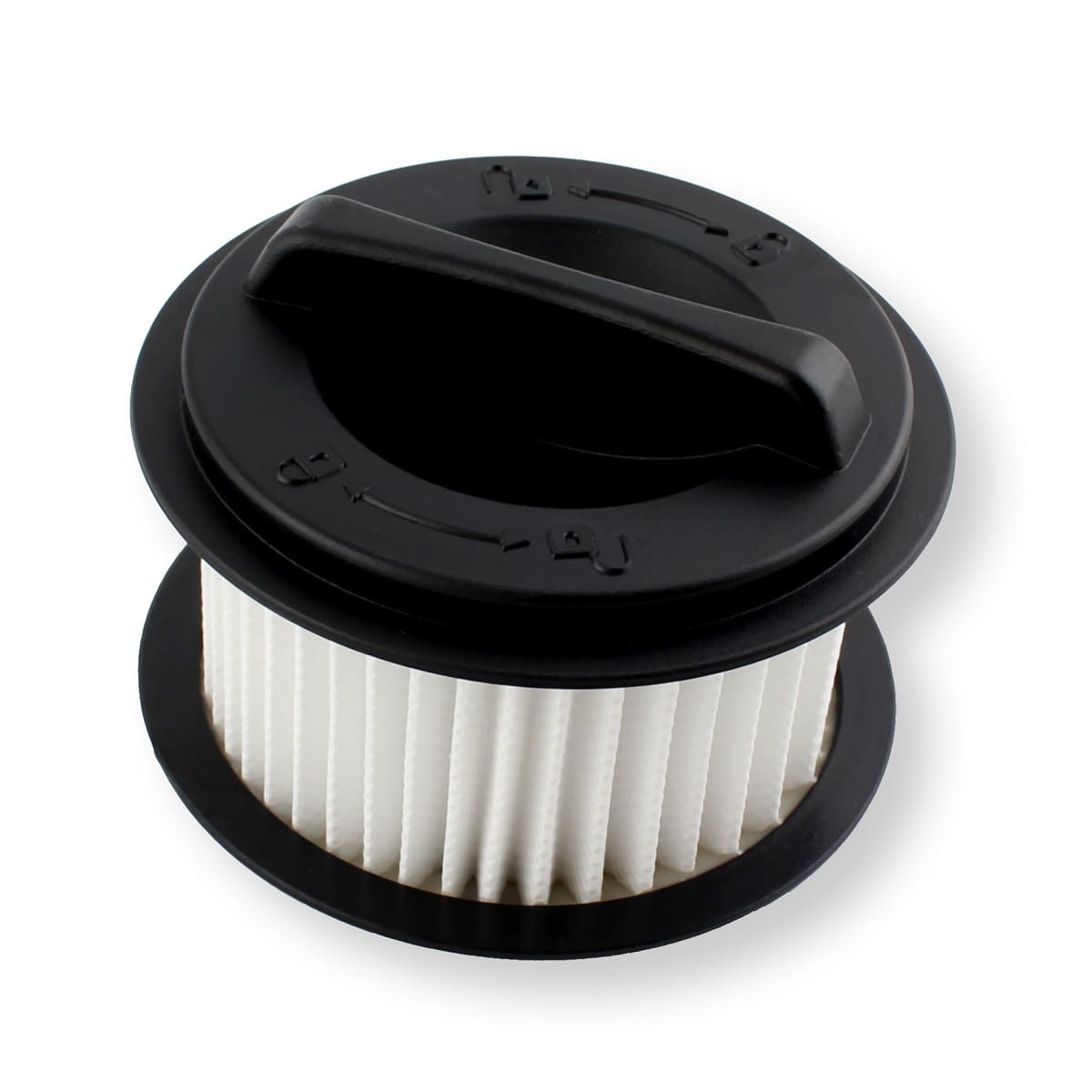
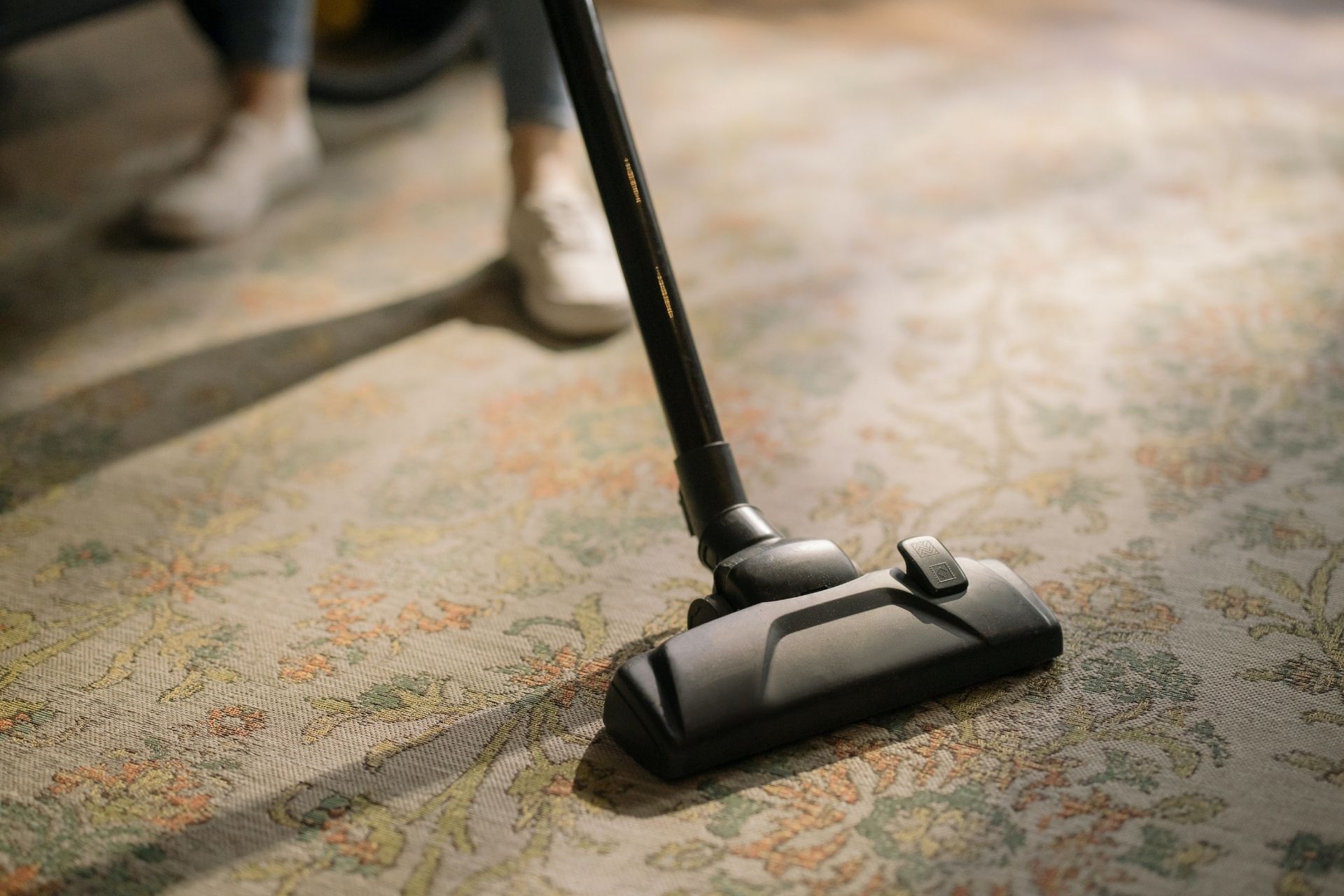
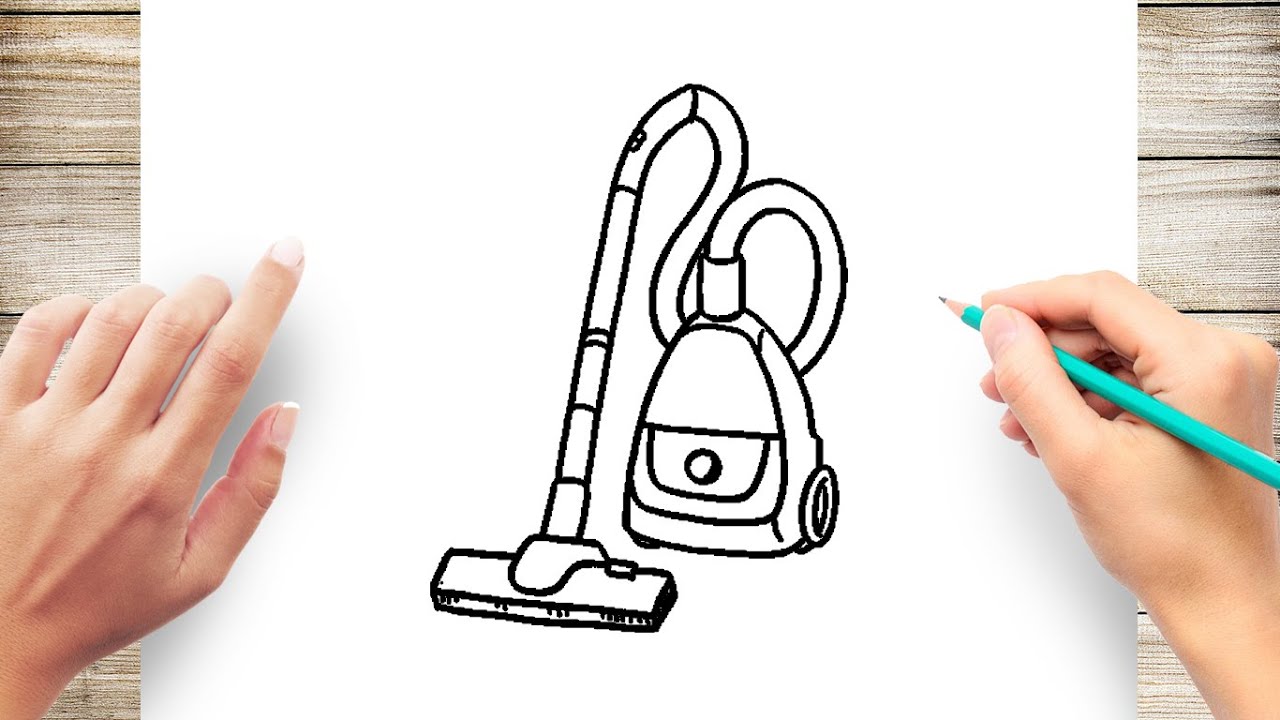
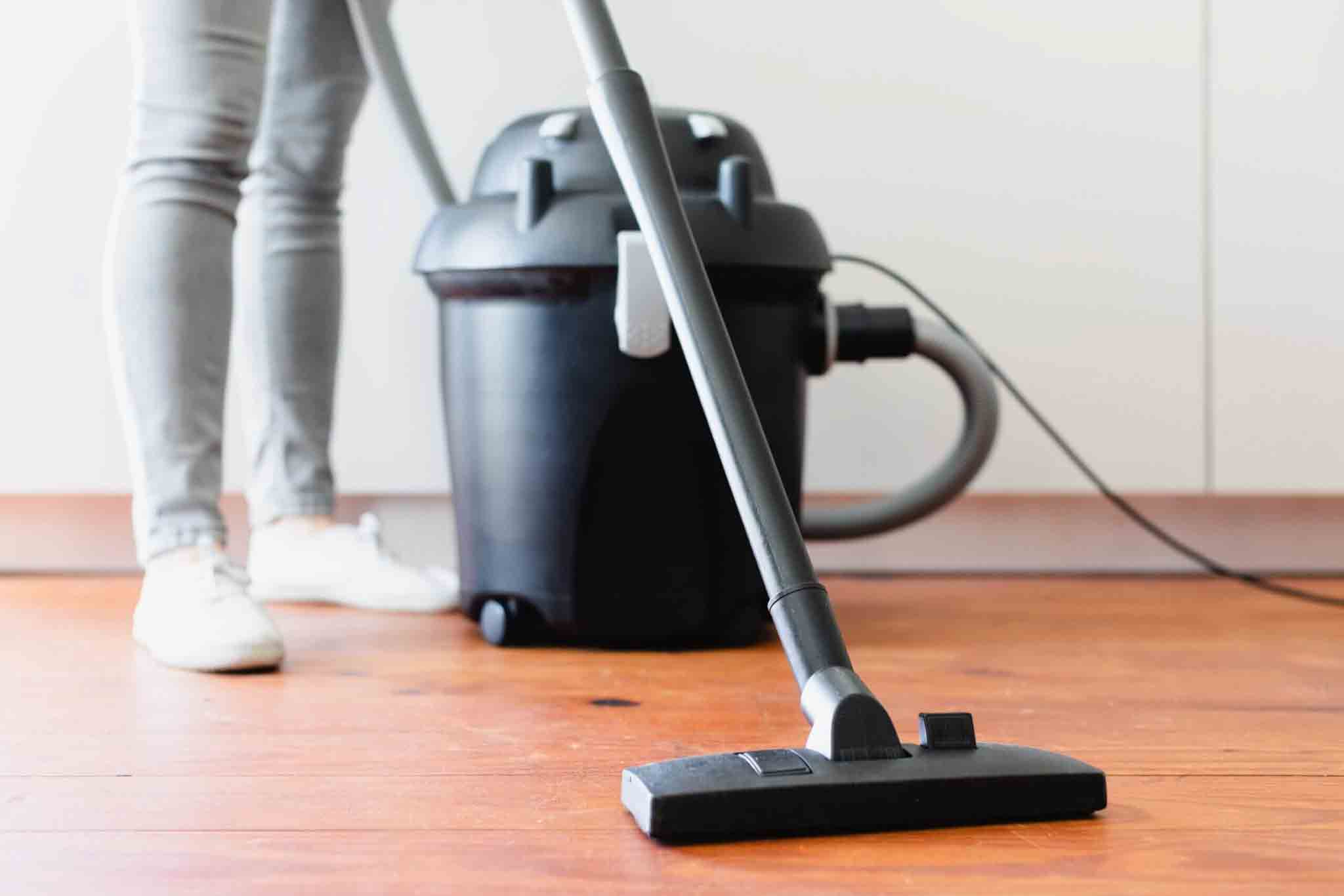
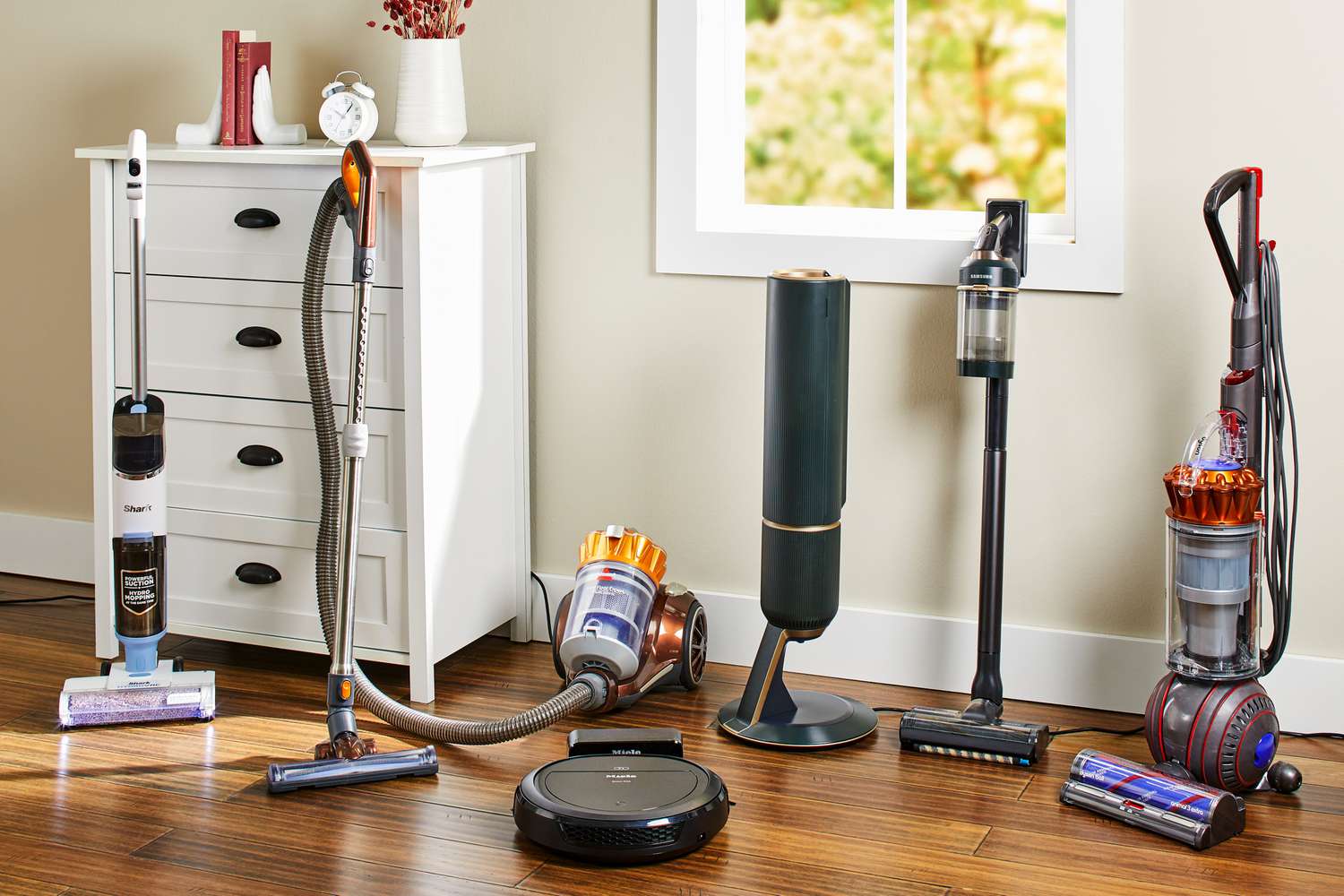

0 thoughts on “Water Filter Vacuum Cleaner: How It Works”